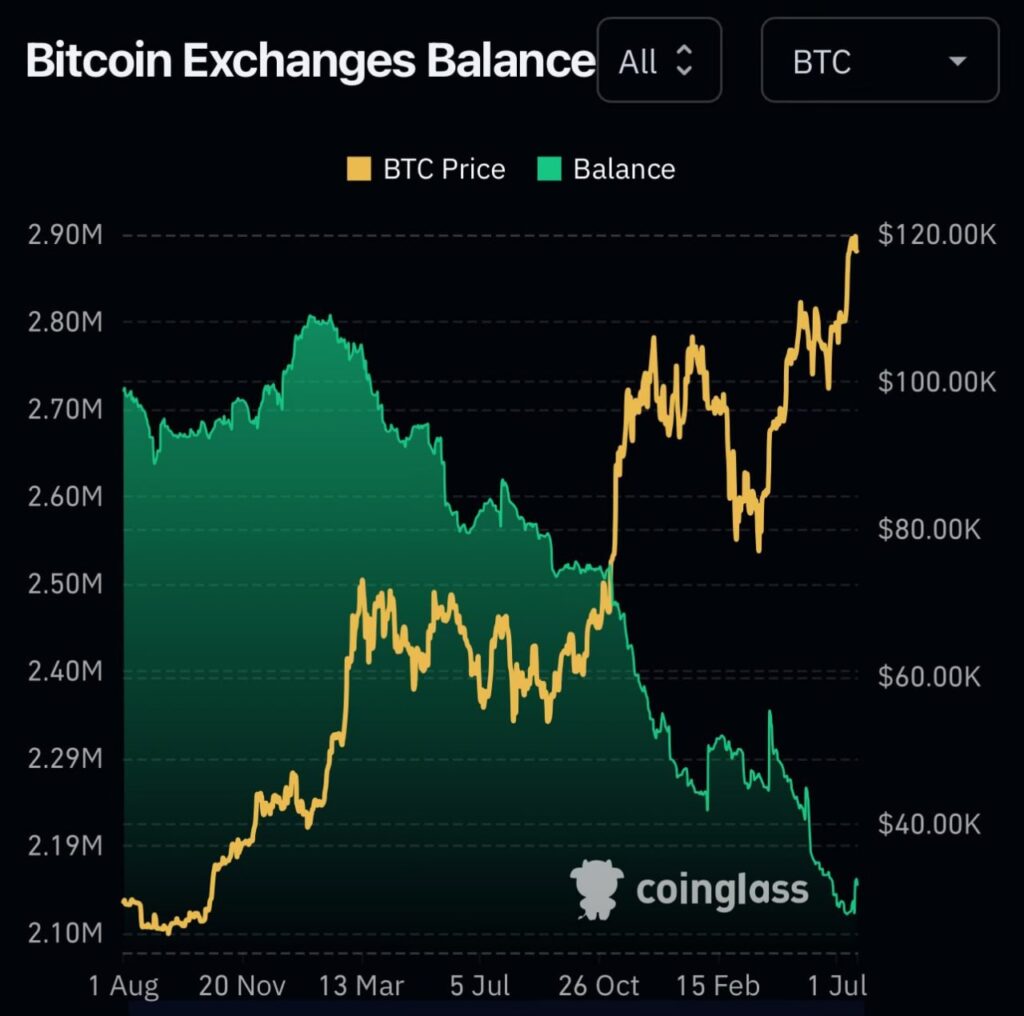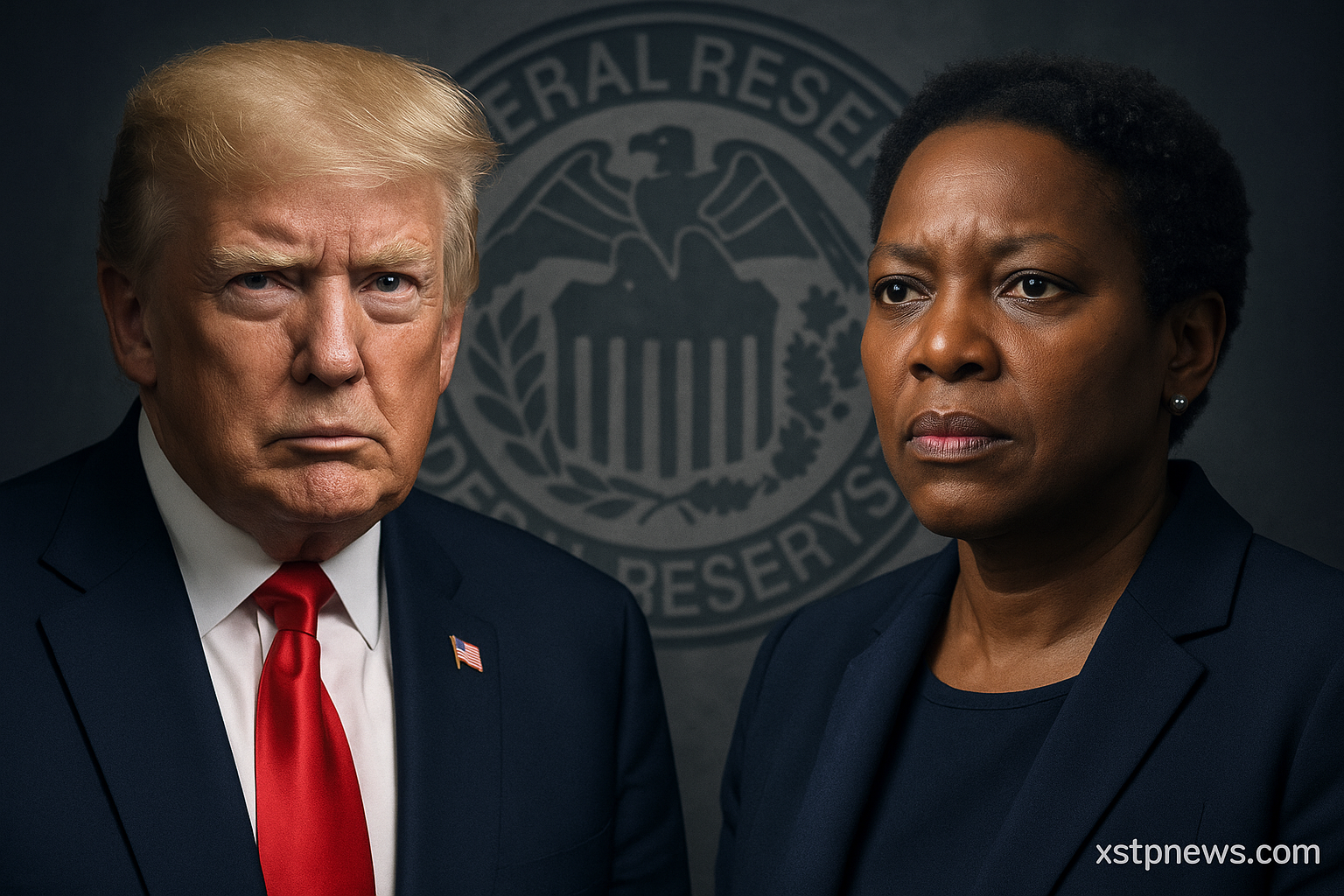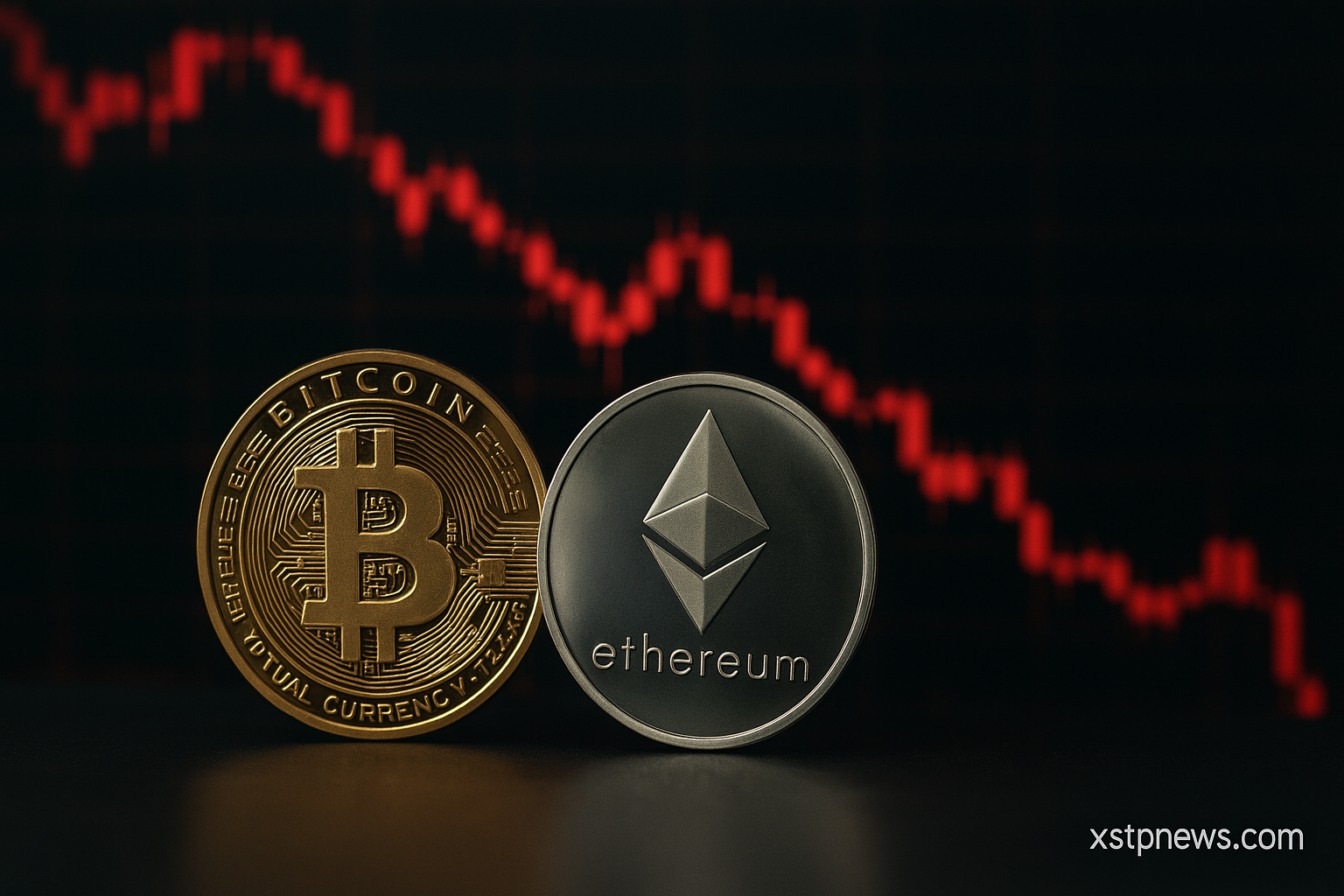The amount of Bitcoin held on centralized exchanges has fallen to its lowest point in over seven years, according to new data from CryptoQuant and Glassnode. The continued reduction in exchange balances is raising concerns about a potential liquidity crunch, especially as institutional demand continues to rise.
Exchange balances fall to 2.35 million BTC
Total Bitcoin reserves across major exchanges have now dropped below 2.35 million BTC, the lowest since mid-2018. At the peak in 2021, exchange holdings surpassed 3.1 million BTC. This represents a decline of more than 25% in just four years.
Coinglass data confirms consistent net outflows from leading platforms such as Binance, Coinbase, and Kraken. The trend suggests a growing preference for self-custody and long-term holding strategies.
ETFs now buying more BTC than miners produce
This supply drop coincides with a sharp increase in institutional accumulation. Since the launch of spot Bitcoin ETFs in the U.S., funds like BlackRock’s IBIT and Fidelity’s FBTC have been acquiring more Bitcoin per day than the network produces.
In several weeks throughout 2024, ETF inflows absorbed up to three times the daily BTC issuance, further accelerating the drain on circulating supply.
Scarcity setup is becoming visible
According to Glassnode, the volume of liquid BTC available for trading is now at its lowest level since 2019. Their Exchange Net Position Change indicator has shown consistent monthly outflows since mid-2022.
With less Bitcoin available on exchanges, even moderate demand can trigger sharp price movements. Analysts are beginning to point to early signs of a structural supply shock.
Why are BTC reserves disappearing?
Several factors are behind the ongoing decline:
User preference for cold storage and self-custody
Lingering distrust after exchange collapses like FTX
Institutional adoption with private custody solutions
Stricter regulations pushing funds off centralized platforms
Investors are moving toward more secure and independent ways of storing crypto. At the same time, institutional players are keeping their assets off exchange for strategic and compliance reasons.
Historical signals are repeating
In previous cycles, steep drops in exchange reserves preceded major bull runs. According to Glassnode, when exchange balances dropped more than 15% year-over-year, Bitcoin rallied over 300% within the next 12 months.
In 2024, reserves have already fallen by more than 18%, setting the stage for a familiar setup.
Expert insight
“Bitcoin reserves are telling a story most aren’t reading. The real signal isn’t in price but in supply. We may be entering the tightest BTC environment of the past decade.” Scott Bessent, former CIO at Soros Fund Management
Final outlook
With BTC reserves on exchanges at historic lows, ETFs buying aggressively, and more investors holding privately, the market is entering a phase of visible scarcity.
Price volatility will remain, but the long-term foundation is shifting toward constrained supply. This environment tends to reward disciplined holders and early accumulators who understand what’s coming.

Date of publication: July 20, 2025
Sources: CryptoQuant, Coinglass, Glassnode, Cointelegraph, Reuters, Scott Bessent (via X), MarketWatch







